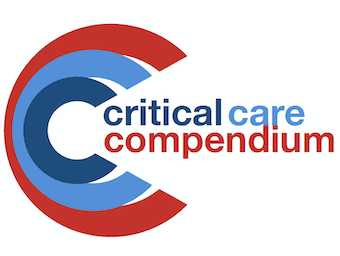
Advanced Life Support
KEY FEATURES CAB rather than ABC (30:2) 2 min cycles early, high quality, uninterrupted at least 100/min (rather than around) avoid excessive ventilation early defibrillation (higher joules for cardioversion) amiodarone after 3rd shock adrenaline every 4 minutes (every 2nd cycle)…

